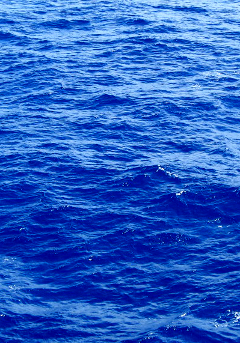Sea rise rate increasing
 A study covering 25 years of satellite data shows the rate of global sea level rise is accelerating.
A study covering 25 years of satellite data shows the rate of global sea level rise is accelerating.
The rate of global mean sea level rise has been increasing by 0.08 mm a year, every year since 1993, as ice sheets in Antarctica and Greenland melt.
At this pace, global mean sea levels will rise 61 centimetres by 2100, according to the report in the journal Proceedings of the National Academy of Sciences.
“That's basically double the amount you would get if you only had 3 mm a year with no acceleration,” says lead author Steven Nerem of the University of Colorado.
But Professor Nerem says that figure is on the conservative end of estimates of future global sea level rise.
“When you try to extrapolate numbers like this you're assuming sea level change and acceleration are going to be the same as they've been over the past 25 years,” he said.
“But that's probably not going to be the case.
“We're seeing changes in Greenland and Antarctica that are almost certainly going to be bigger than that in the future.”
Global warming drives sea level rise by melting ice sheets on land and heating ocean water, causing it to expand.
Since 1992, sea levels have been recorded by a series of four TOPEX/Poseidon satellites, and can be combined with long-term data from tidal gauges.
While previous studies suggested that sea rise was accelerating, researchers had not been able to pin down an exact number.
To arrive at their number, Professor Nerem and colleagues factored in more short-term data from the El Niño/La Niña climate patterns, and the 1991 eruption of Mount Pinatubo, which caused a sea level drop just before the launch of the TOPEX satellite.
They also cross-referenced tide gauge and data from other satellites to correct anomalies in the TOPEX record.
This measure was first proposed in research co-authored by John Church of the Climate Change Research Centre at the University of New South Wales (UNSW).
“This is the first satellite-based estimate of an acceleration number,” Professor Nerem said.
“The number is useful because you can take the rate of sea level change and the acceleration, and extrapolate it in the future and see how it agrees with climate models.”








 Print
Print